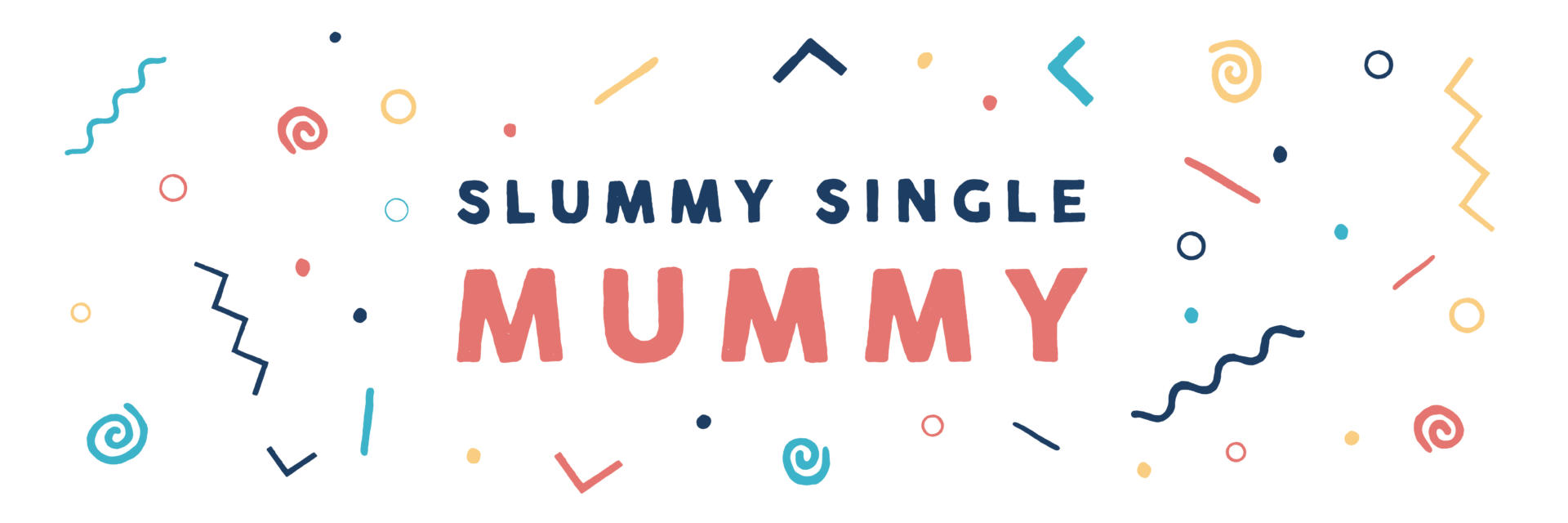A personal loan can help people cover miscellaneous expenses while offering financial benefits a credit card can’t. Lower interest rates and more favorable repayment terms are the main advantages. However, a loan is still a commitment to pay back the amount you borrow and carries legal and financial consequences if you default. Here are the most critical details you need to know before you take out one of these loans.
Lender Approval Takes Time and Documentation
Applying for a personal loan is similar to other types, such as mortgages and car loans. Individuals who need a loan will have to present proof of identity and income. They’ll also have to show the lender evidence of where they live, their monthly expenses, and a credit report. Many lenders ask applicants the reason for taking out a personal loan.
These loans are usually unsecured, meaning there isn’t any collateral or assets tied to the loan. With secured loans like a mortgage, there is an asset the lender can use to recoup their money if the borrower defaults. Minimum requirements will vary by lender, but borrowers can expect to qualify according to their credit scores and debt to income ratio.
Some of the documentation you’ll need includes a driver’s license, voter registration or utility bill, pay stubs or tax forms, and mortgage or credit card statements. Applicants without sufficient income or credit scores may need to get a co-signer or use collateral under a secured loan agreement.
Some Lenders Cater to Applicants with Low Credit Scores
While some lenders will require credit scores of 620 or higher, others will lend smaller amounts of money to applicants with lower scores. However, be prepared to pay higher interest charges and fees. Borrowers without credit histories or poor credit scores may have to submit additional documentation to be approved. This documentation may include proof of savings or payments on other forms of credit, such as a credit card or car loan.
Higher interest charges and fees mean someone with a lower score will pay more over the life of the loan. But, doing so could still be less costly than trying to use a credit card to borrow the same amount. Before taking out a personal loan, research and calculate borrowing costs and perform a comparison. Only take out the amount that you can reasonably repay.
Personal Loans Impact Credit Histories
Taking out a personal loan impacts the borrower’s credit report from day one. First, the inquiry from the lender goes on the report and can lower someone’s score. This is why experts recommend only submitting one or two applications for loans within a short period. Second, the line of credit impacts a person’s debt-to-income ratio.
Let’s say a person takes out a $3,000 personal loan but also has a $200,000 mortgage balance, has $20,000 in credit card debt, and owes another $10,000 in student loans. The $3,000 could be enough to put that borrower in a higher risk category when it comes time to get a new car or apply for a different credit card.
Taking out a personal loan is a serious financial obligation. Borrowers should ensure they’re only applying for the amounts they need and be ready to submit the necessary documentation. Performing a comparative analysis of lenders’ terms can help applicants find the most advantageous options.
